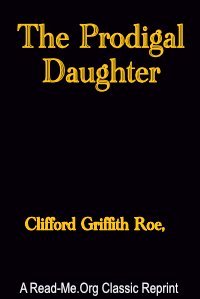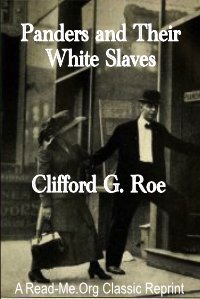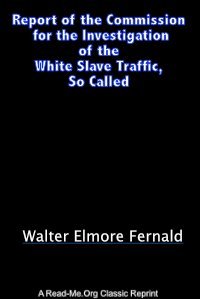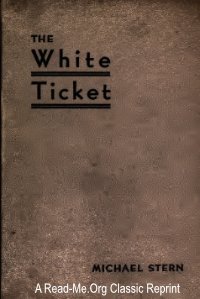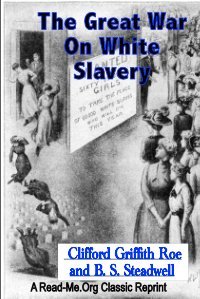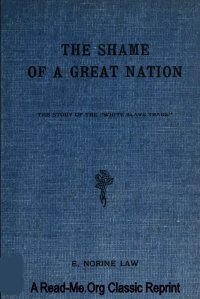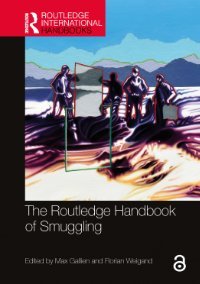By George Jackson Kneeland.
In presenting to the public this volume, the first of four studies dealing with various aspects of the problem of prostitution, it seems fitting to make a statement with reference to the origin, work and plans of the Bureau of Social Hygiene. The Bureau came into existence about two years ago, as a result of the work of the Special Grand Jury which investigated the white slave traffic in New York City during the first half of the year 1910. One of the recommendations made by the jury in the presentment handed up at the termination of its labors was that a public commission be appointed to study the social evil. The foreman of the jury subsequently gave careful con-, sideration to the character of the work which might properly be done by such a commission and the limitations under which it would operate. In this connection, sep- arate personal conferences were held with over a hundred leading men and women in the city, among whom were lawyers, physicians, business men, bank presidents, presidents of commercial organizations, clergymen, settlement workers, social workers, labor leaders and reformers. These conferences led to the conclusion that a public commission would labor under a number of disadvantages, such as the fact that it would be short-lived ; that its work would be done publicly; that at best it could hardly do...
The purpose of this volume is to set forth as accurately and fully as possible the conditions of vice as they existed in New York City during the year 19 12. It should be clearly understood that the data upon which it is based are not presented as legal evidence, but as reliable information secured by careful and experienced investi-gators, whose work was systematically corroborated. In presenting the facts contained in this report, the Bureau has no thought of criticizing any department or official of the city administration. The task which the Bureau set itself was that of preparing a dispassionate, objective account of things as they were during the period above mentioned, the forms which commercialized vice had assumed, the methods by which it was carried on, the whole network of relations which had been elaborated below the surface of society. The studies involved were made in a spirit of scientific inquiry, and it is the hope of the Bureau that all departments or officials whose work this book in any way touches may find the information therein contained helpful to them in the further direction and organization of their work.
New York: Century, 1913. 344p.








